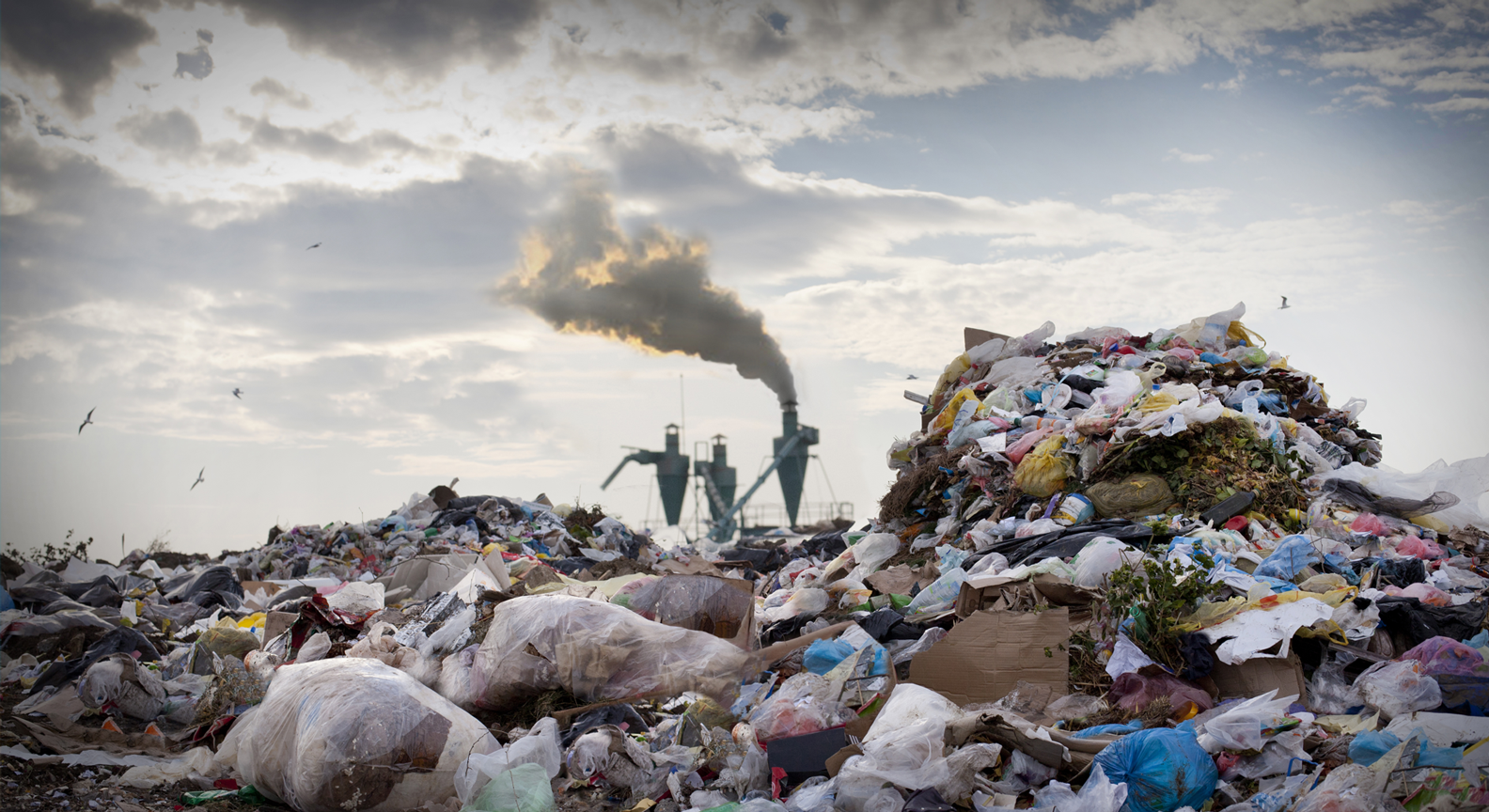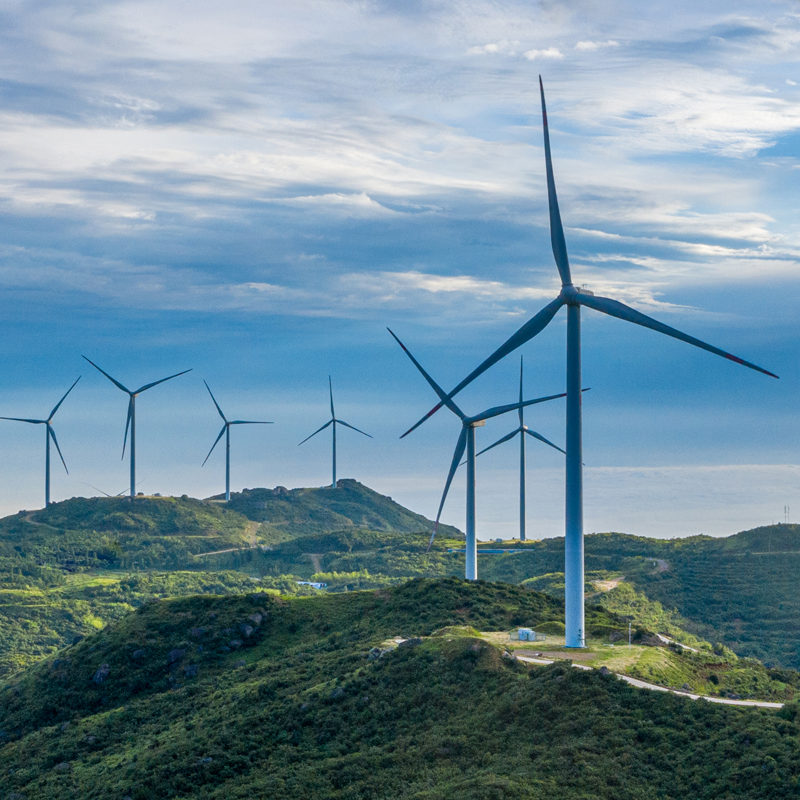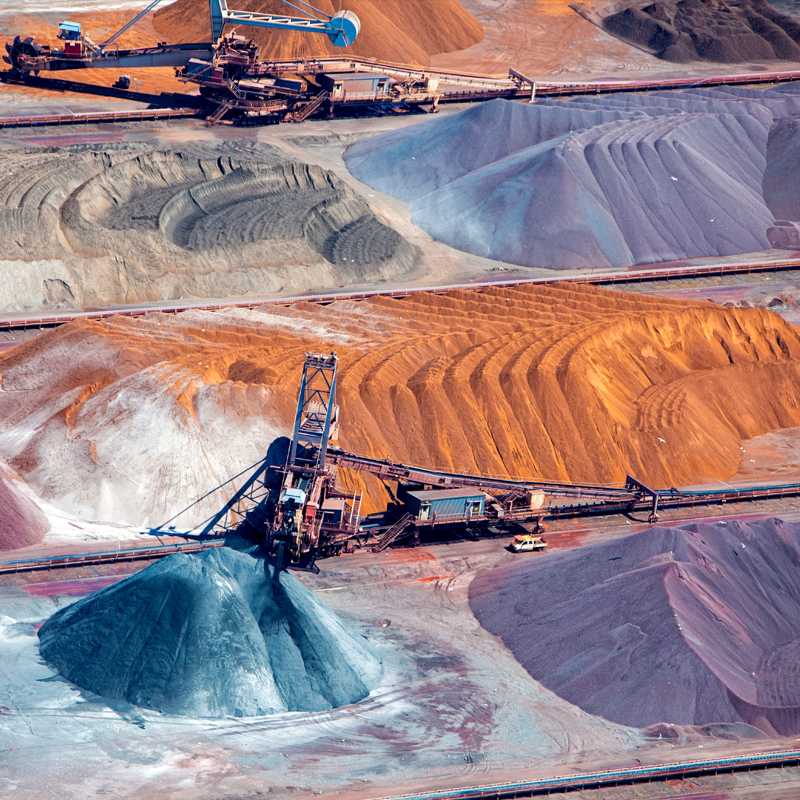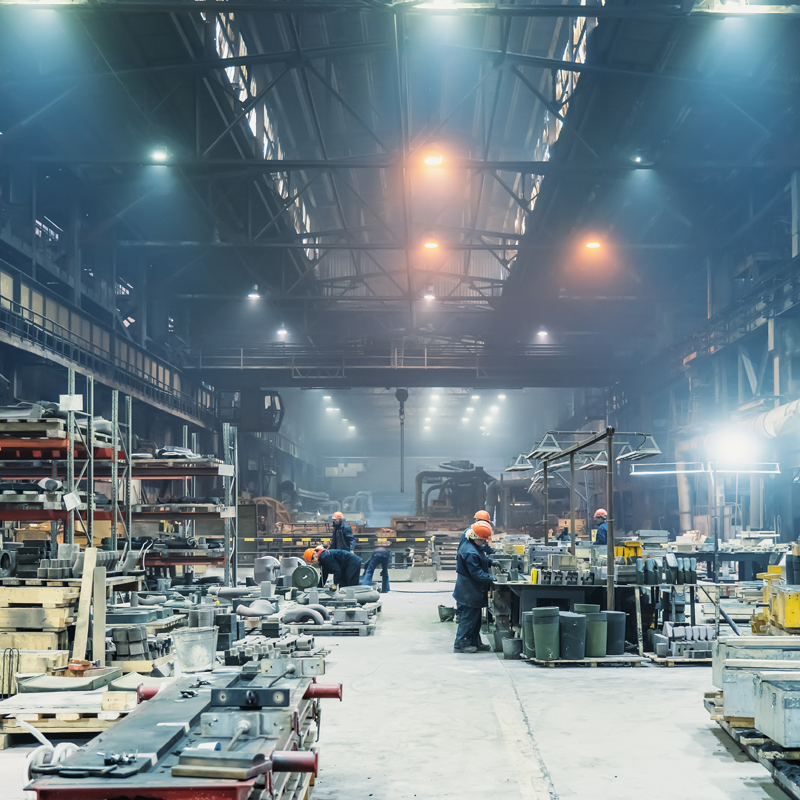
The climate change impact of burning municipal waste in Scotland
This report describes the climate change impacts of burning residual municipal waste in Scotland. It aims to inform and support evidence-based decisions to minimise the climate change impacts of managing residual waste.
July 2021
This study quantifies the climate change impacts of burning residual municipal waste in Energy from Waste (EfW) plants in Scotland in 2018. It measures climate change impacts in two ways: carbon intensity and greenhouse gas emissions.
The study considered greenhouse gas emissions using a Life Cycle Assessment approach. The carbon impacts of sending one tonne of residual municipal waste to either EfW or landfill were compared. Average EfW impacts were 27% lower than landfill in 2018.
The study also considered carbon intensity as a standard approach for comparing the climate change impacts of different energy generation technologies. In this study, the carbon intensity of EfW plants are compared to the UK national grid average.
The report shows how Scotland could have reduced the carbon impacts of residual waste in 2018.
Zero Waste Scotland is and has always been committed to supporting the country to meet its 2025 waste targets and this report does not recommend maintaining residual waste at 2018 levels. Zero Waste Scotland has always been clear that we should reduce waste as much as possible, recycle as much as possible of what remains, and only then, treat the remaining residual waste using the lowest carbon options available.
October 2020
This study was originally published in October 2020. It was reissued in July 2021 with some changes to the methodology and results. These changes are fully documented in Annex 1 of the technical report. The two most significant changes concern a correction to the original methodology on engine efficiency at landfill facilities and clarity around the description of the hypothetical biostabilisation scenario (referred to in the original report as Mechanical Biological Treatment scenario). The magnitude and direction of the original results remain largely unchanged.
A new sensitivity analysis on the effects of changing the biogenic carbon of waste composition was added. Minor changes have been made regarding methodological updates or clarifications. See Table A1 within the Technical Report for more details.
Frequently Asked Questions
Does this report show that landfill is better for the environment than EfW?
Neither EfW nor landfill are desired outcomes for materials. We are committed to promoting the circular economy principles of prevention, reuse, remanufacture and recycling. Only when these options have been exhausted should disposal be considered. Sending one tonne of residual municipal waste to EfW currently has a carbon impact of 306kgCO2e/t. This is 27% lower than sending it to landfill. However, this could change as the composition of waste changes over time.
Can you explain why EfW’s carbon footprint is lower than landfill?
The study accounts for all the greenhouse gas emissions and savings once waste is sent to a waste management site. This includes the release of carbon embedded in the waste itself, savings from recycling, energy generation and process activities. For EfW, the fossil carbon content of waste is the most significant factor in its overall climate change impacts. This study, based on the most reliable evidence we have available (2018 data mainly), estimates fossil carbon content of Scottish residual municipal waste to be 11% of waste (mainly plastics).
For landfill, biogenic carbon content is the most important. The biogenic content of waste is estimated to be 15% in this study (mainly food and paper waste). Currently, the proportions of these materials in waste mean that EfW impacts are 27% lower than landfill however this could change if the composition of residual waste changes over time. Convergence of the relative difference would happen if more plastics were burned and less food waste was landfilled with divergence in the comparison happening in the opposite scenario.
Why was an update made to the report?
The update was made to correct some errors in the original study approach and to ensure that feedback from stakeholders had been fully considered.
What changes were made?
A list of the changes to the report can be found in Annex 1 of the technical report. These include:
- Addition of engine efficiency for engine efficiency to both the SRF export from gasifiers and landfill.
- Additional waste composition analysis added on biogenic carbon;
- Units were added to the equations in the methodology section of the technical report; and
- Some waste composition data was updated in the tables and figures were updated.
What do the changes mean for the results and conclusion of the study?
The changes did not affect the carbon intensity figures and these remain as they were in October. The changes mean that whilst the tCO2e/tonne impacts of EfW are lower than landfill the difference is now 27% instead of 15% in the original report.
If pre-treatment technology can lower landfill impacts to near-zero, why are we not using this?
Pre-treatment is a costly and timely process that should not be needed if recycling facilities are used to their full potential. It adds another process in the waste system that would not be needed if materials were properly recovered earlier in the process. However, for residual waste which cannot be recycled, Biostabilisation technologies could offer a low carbon solution to landfill. The study identifies an area for further research to understand the legal, financial and practical barriers to Biostabilisation technology being applied in Scotland.
What does the Biodegradable Municipal Waste landfill ban mean for incineration?
The Scottish biodegradable municipal waste (BMW) ban is due to come into force in 2025. The aim of this ban it to reduce greenhouse gas emissions from biodegradable material sent to landfill. This study considers three potential solutions to managing biodegradable municipal waste post-ban: send all municipal waste to incineration operating as electricity only plants, send it to CHP incinerators or introduce pre-treatment to landfills (biostabilisation). The results suggest that all three options could save greenhouse gas emissions compared to 2018. The potential savings from biostabilisation suggest this should be further explored as a low carbon option for residual waste management.
Is the focus on EfW misplaced?
Residual waste treatment, whether landfill, or incineration, is the last port of call for waste. Our position is that we can make a lot more from the materials we have before EfW or landfill becomes the choice of disposal. If we are going to address the climate crisis, we must reuse products far more than we do just now. All our efforts need to go into keeping materials in use and in the system for as long as possible. Incineration and landfill are reserved for residual waste once all other, less environmentally damaging options, such as prevention, reuse and recycling, have been exhausted. The development of waste management technologies must consider the national climate change strategy to ensure Scotland is not locked into management routes which are higher carbon than necessary.
EfW figures would be lower if CHPs operated in accordance with the planning approval they received. Why is this not being enforced? Is there a fault in the planning system?
There are several factors that enable the maximum benefit to be achieved from EfW. In several cases this has not been reached yet, but it could happen in future. As an example, energy captured could go into low carbon heating systems, and this is something that can be utilised particularly in new housing developments nearby. The design of the planning system and enforcement is not something in Zero Waste Scotland’s remit.
Why are the carbon emissions presented in this report different to those reported by EfW to SEPA under the Scottish Pollutant Release Inventory (SPRI)?
They are calculating different things. The SEPA SPRI figures report the annual mass releases of carbon dioxide to air. The Zero Waste Scotland report is a more extensive measure which includes the same direct emissions to air, as well as process emissions from transport and site activity and savings from recycling and energy displacement.
How do the findings of this report compare to the latest research on this subject, in particular, the Eunomia research published in 2021?
Whilst having some methodological differences, the two reports reach similar conclusions.





